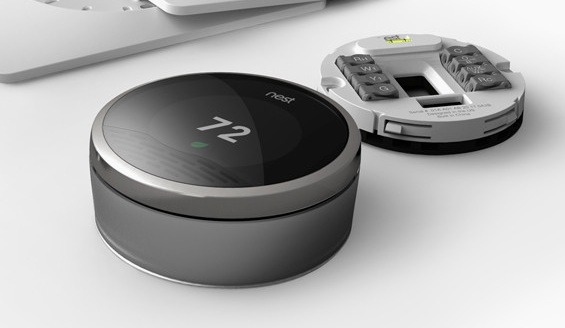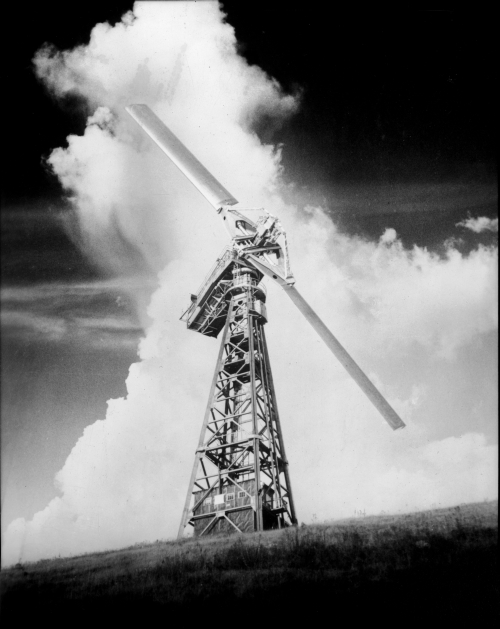A simple new idea in wind turbines could increase their power production by 100 percent over the course of a year, and even make it possible to put turbines in places where they were uneconomical before. By giving turbines blades that extend — longer for lower speed winds, shorter for faster winds — researcher Rajnish Sharma, of the University of Auckland in New Zealand, has found a way to allow them to take advantage of a wider range of wind speeds.
The variability of wind speeds mean that wind turbine design is a compromise between making blades long enough to catch lower speed winds, and making them short enough to survive in high-speed winds before they have to be shut down to keep from flying apart.
A turbine that adapts between these extremes captures so much more power that Sharma estimates these more-complicated turbines would pay for themselves even if they cost four times as much as conventional blades. He's even built a prototype to demonstrate his point. Which proves, once again, that even a "mature" technology like wind, which is already competitive with coal throughout much of the U.S., has more than a few tricks left up its sleeve.




